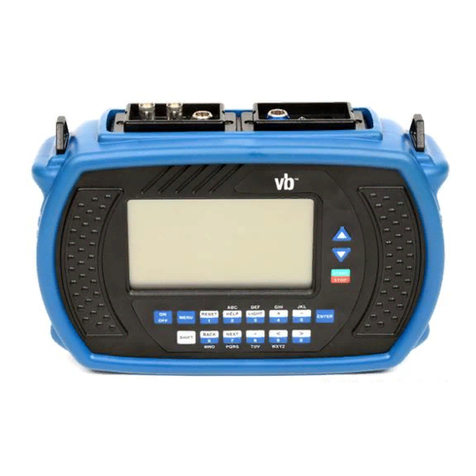Connecting Sensors to the Instrument ................................. 29
Mounting Sensors................................................................ 30
Setting up the Accelerometer............................................... 31
Permanent Mounting .................................................................32
Setting up the Tachometer................................................... 32
Tachometer Signal from a Keyphasor® ............................... 34
Section 4: Balancing Rotors ......................................35
Methods for Balancing Rotors.............................................. 35
The Balancing Process ........................................................ 36
Tips for Balancing ................................................................ 37
The Tachometer .................................................................. 37
Suggested Trial Weight Mass and Location ......................... 38
Manually Entering Balancing Information ............................. 38
Setting up a Balancing Job .................................................. 39
Balance Planes and Weight Positions.......................................40
Balance Planes....................................................................40
Weight Position (Reference Mark) ...................................... 40
# Sensors...................................................................................41
CH Position..........................................................................42
Averages....................................................................................44
Machine Information ..................................................................44
Rotor Weight, Diameter and Speed ....................................44
Reference Mark ................................................................... 44
Weight Orientation.....................................................................45
Tach Trigger ..............................................................................45
Weight Lin Dist ..........................................................................45
Store Units.................................................................................46
Combining Trim Weights...................................................... 46
Reviewing Previous Balancing Jobs..................................... 47
Section 5: Balancing Walk-through...........................49
Step 1. Set Up a New Balance Job ...................................... 49
Step 2. Take an Initial Reading ............................................ 50
Step 3. Take a Trial Reading ............................................... 51
Step 4. Balance the Rotor .................................................... 54
Step 5. Perform Trim Balancing ........................................... 55




























